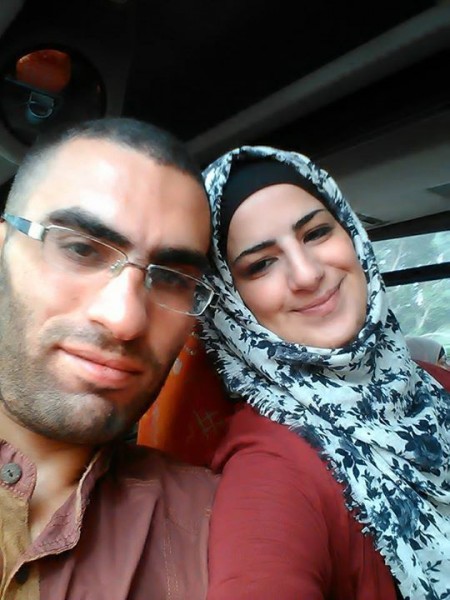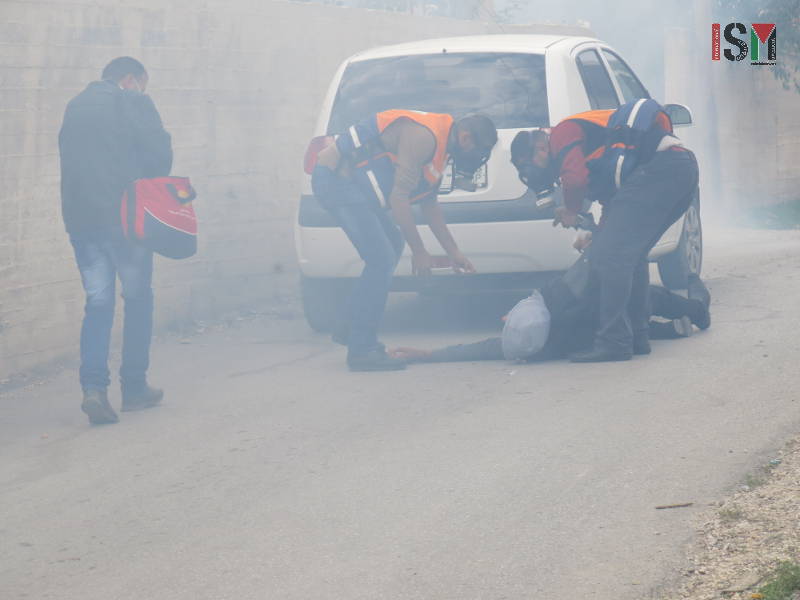Category: Features
-
Free Mahmoud Abujoad!
29th November 2015 | International Solidarity Movement, Nablus team | Huwwara, occupied Palestine UPDATED: 05.01.2016 Congratulations! With 420 US dollars collected we have now reached a third of the amount needed to cover the costs of the lawyer, who is representing Mahmoud in the Israeli court. However, we still have to collect 867 US dollars.…
-
Illegal Israeli settlers threaten to burn a family of 11
28th November 2015 | International Solidarity Movement, Nablus team | Madama, occupied Palestine Earlier today, November 28th, a group of Israeli illegal settlers, in the presence of three Israeli soldiers, threatened to burn down a family in the village of Madama, occupied West Bank. At noon, 25 settlers from the nearby settlement of Yitzhar trespassed…
-
Demonstration at Huwwara checkpoint demanding the return of martyr’s body violently met by Israeli forces
28th November 2015 | International Solidarity Movement, Nablus team | Huwwara, occupied Palestine Protesters from Nablus and the surrounding villages gathered in a demonstration on Saturday, November 28th, demanding the return of a young martyr’s body. Alaa Khalil Hashash, aged 16, was killed by Israeli forces after allegedly attempting to stab an Israeli soldier at…



